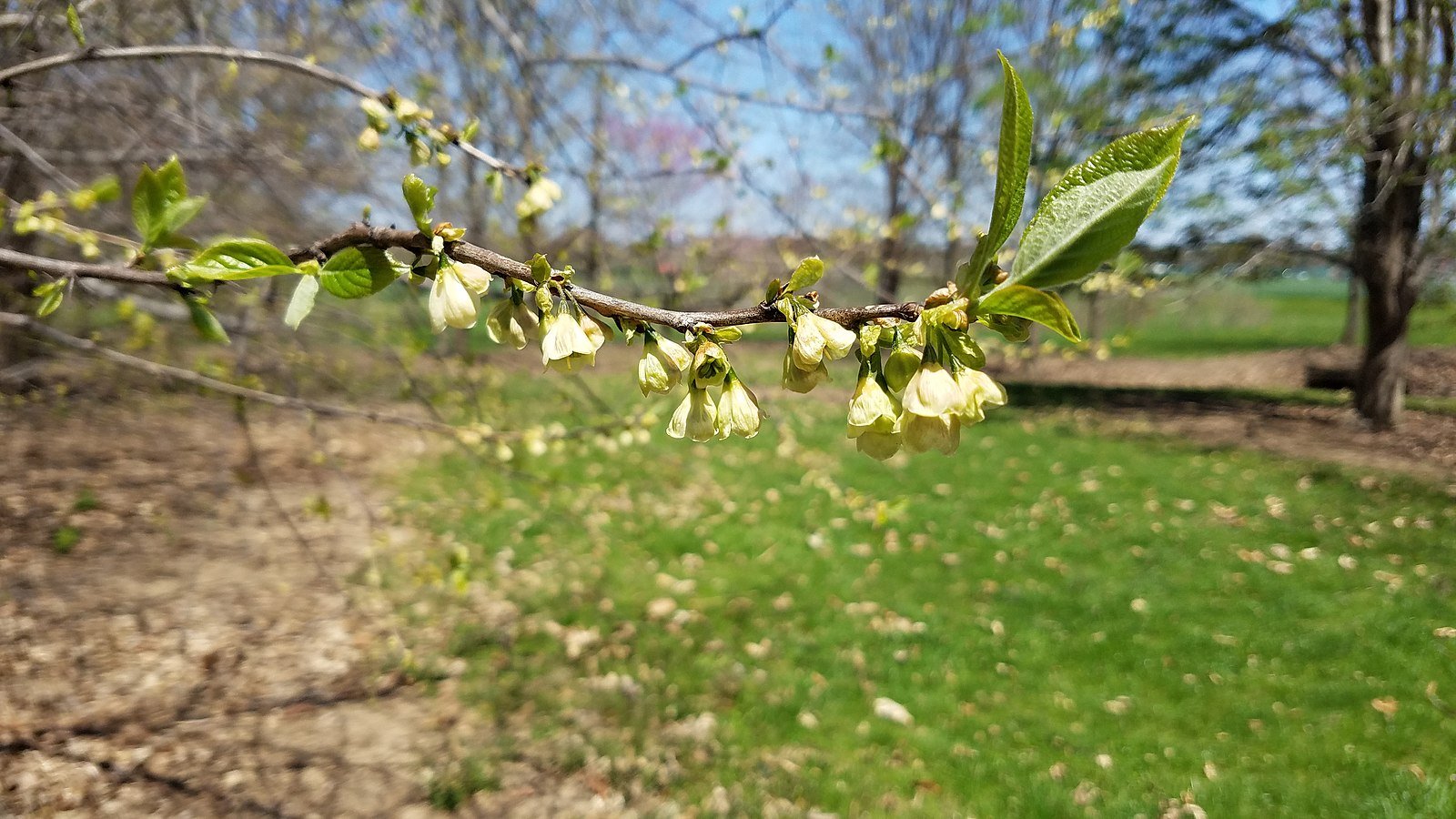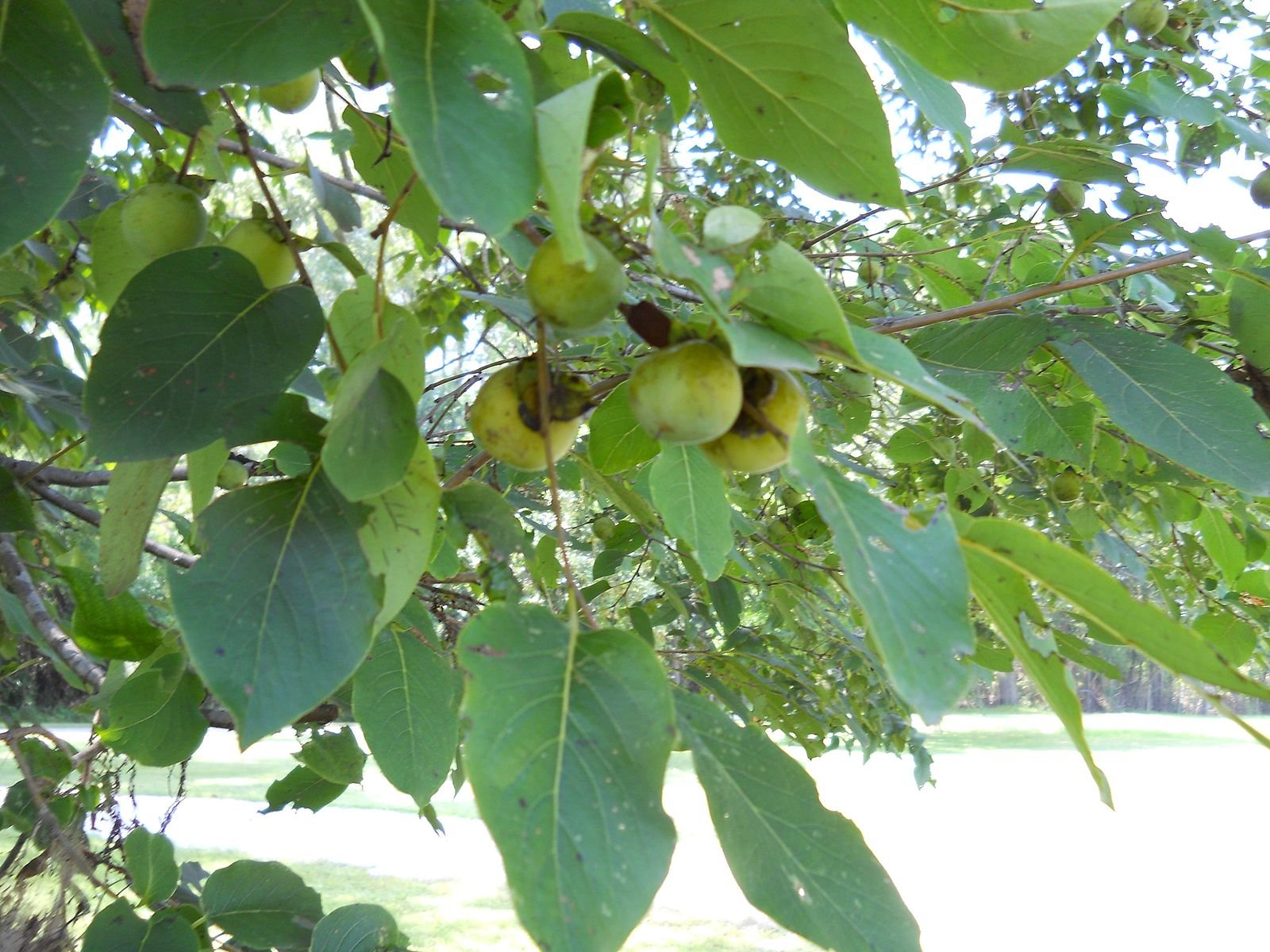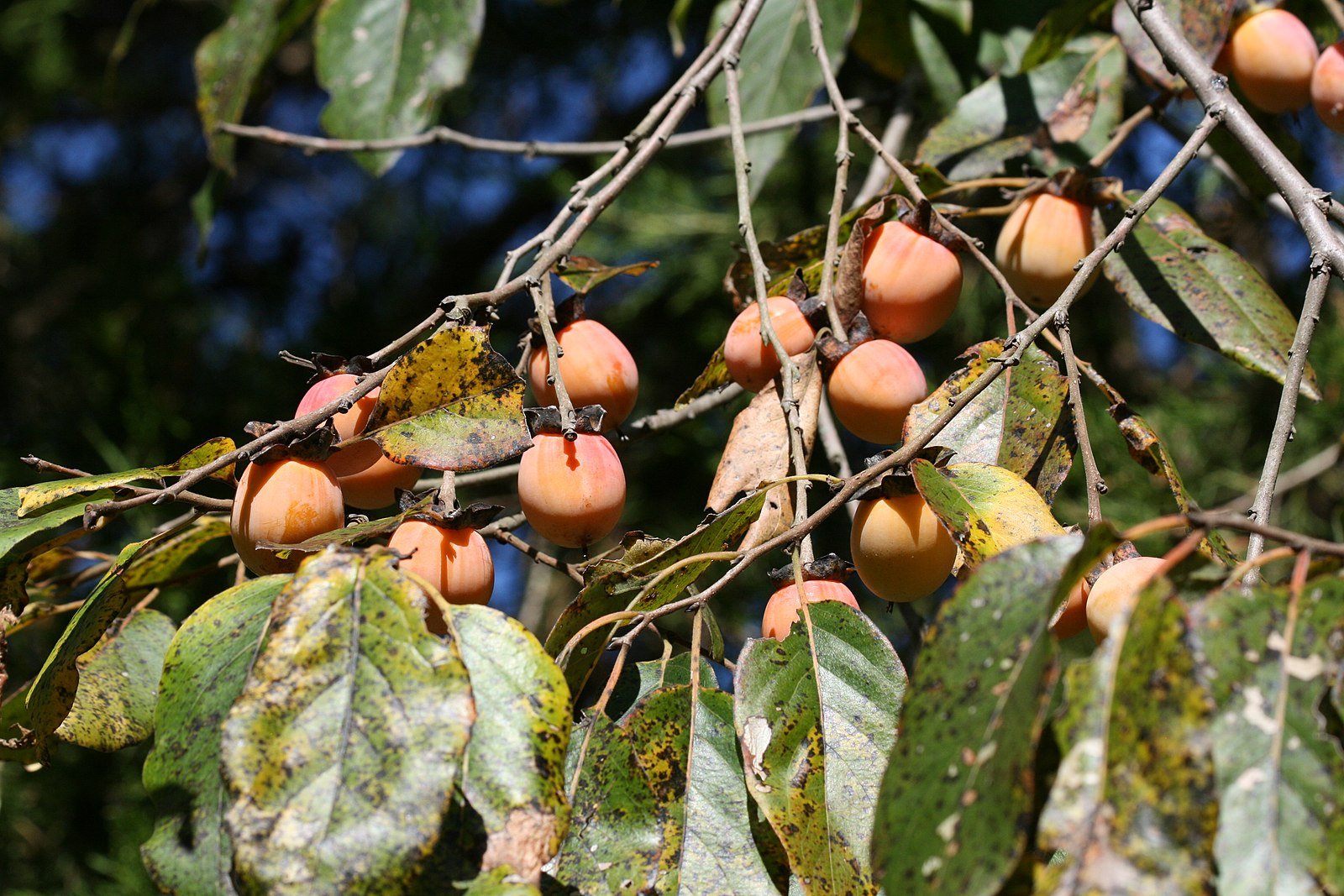 Image 1 of 5
Image 1 of 5

 Image 2 of 5
Image 2 of 5

 Image 3 of 5
Image 3 of 5

 Image 4 of 5
Image 4 of 5

 Image 5 of 5
Image 5 of 5






American Persimmon (Diospyros virginiana)
Host plant for 55 caterpillar species
Trees are roughly 2-3 feet tall, in 3 gallon pots.
A unique native fruit producing tree. What’s not to love. At maturity, the American Persimmon can reach heights of 35-60 feet with a spread of 25-35 feet. It prefers full sun exposure and well-draining soil that's slightly acidic. This tree is notable for its distinctive orange fruit, which is edible but often quite tart until it fully ripens.
The American Persimmon was a favorite fruit of the famous naturalist and writer Henry David Thoreau. He wrote about the fruit in his book "Wild Fruits," and described it as "a precious fruit to children as well as squirrels." (Source: The Atlantic)
Host plant for 55 caterpillar species
Trees are roughly 2-3 feet tall, in 3 gallon pots.
A unique native fruit producing tree. What’s not to love. At maturity, the American Persimmon can reach heights of 35-60 feet with a spread of 25-35 feet. It prefers full sun exposure and well-draining soil that's slightly acidic. This tree is notable for its distinctive orange fruit, which is edible but often quite tart until it fully ripens.
The American Persimmon was a favorite fruit of the famous naturalist and writer Henry David Thoreau. He wrote about the fruit in his book "Wild Fruits," and described it as "a precious fruit to children as well as squirrels." (Source: The Atlantic)
Host plant for 55 caterpillar species
Trees are roughly 2-3 feet tall, in 3 gallon pots.
A unique native fruit producing tree. What’s not to love. At maturity, the American Persimmon can reach heights of 35-60 feet with a spread of 25-35 feet. It prefers full sun exposure and well-draining soil that's slightly acidic. This tree is notable for its distinctive orange fruit, which is edible but often quite tart until it fully ripens.
The American Persimmon was a favorite fruit of the famous naturalist and writer Henry David Thoreau. He wrote about the fruit in his book "Wild Fruits," and described it as "a precious fruit to children as well as squirrels." (Source: The Atlantic)
